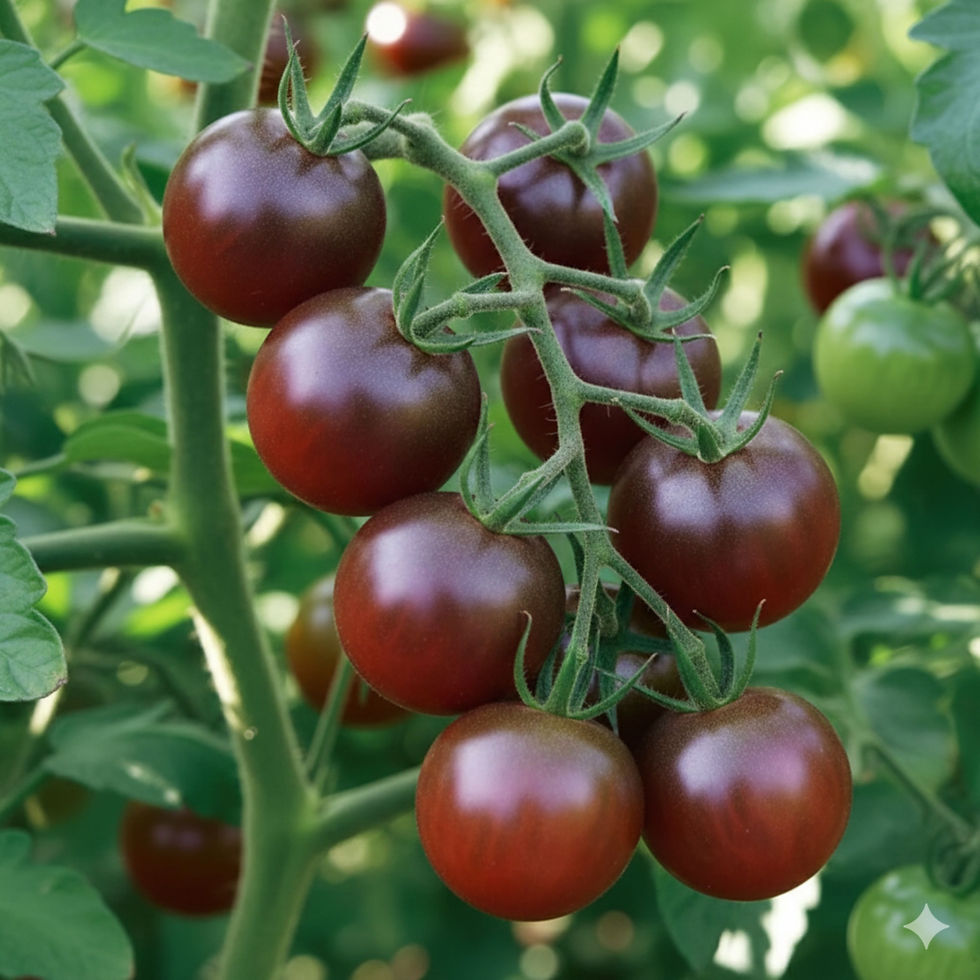Beefsteak Tomato seeds
Ask any avid gardener what their favorite tomato variety is, and Beefsteak will likely be in their top five, if not top 3 favorite varieties. Some say the beefsteak was named for its thick fleshy interior, but the truth is, this tomato earned its name in early France as early varieties of this tomato were shaped like cow hearts. In England, it's actually known as the beef heart tomato.
Beefsteak tomatoes can get extremely heavy weighing upwards of a pound or more. For this reason, you need a stake or trellis. Even in a warmer zone, these are almost always best started inside. These fleshy tomatoes are great for the grill, salads, sauces, etc. It excels as a slicing tomato to eat raw or for tomato sandwiches, easily filling up the real estate your bread provides. We love to eat these on grilled cheese sandwiches (goes well will any cheese but it pairs well with provolone). These are also great stuffed and cooked in the crockpot if you want a quick, low-maintenance dinner.
Seed count: 20
Colanum lycopersicum





























